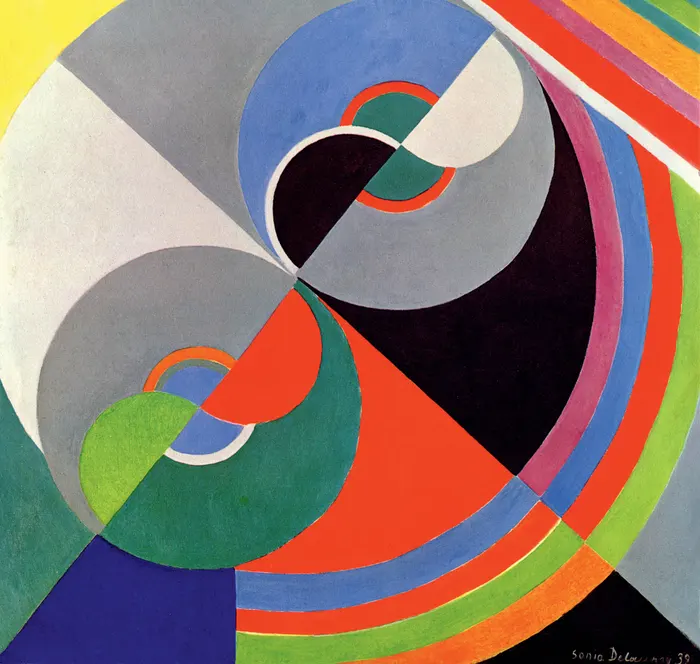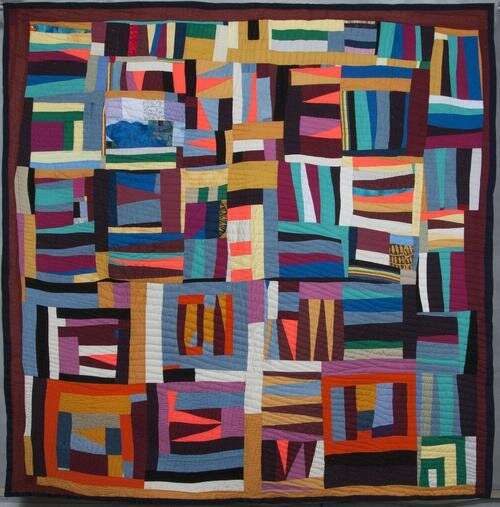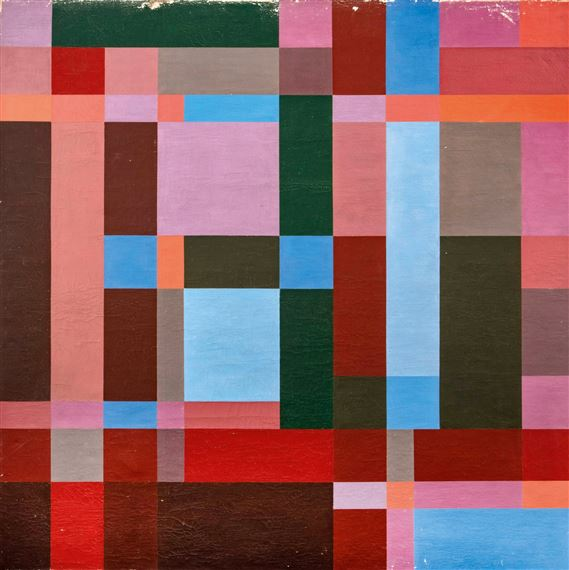Table of Contents
Project 4 Slides
Principles of Color Slides
Problem: Create 4 abstract paintings based on a cropped photograph, simplifying it and painting it with 4 different color palettes; Monochrome, Primary/Secondary, Triadic, and Complementary.
Materials: Sketchbook, pencils, Bristol Board 9×12″, acrylic paints, brushes, palette, rags, water container,
Concepts: Hue, Saturation, Pure/Prismatic Color, Muted Color, Desaturated/Chromatic Gray, Achromatic Gray, Luminosity, Primary Colors, Secondary Colors, Monochrome, Analogous, Complementary Colors, Warm, Cool, CMY, RGB, RYB color models/systems.
Technical Skills: painting techniques, Drawing, Thumbnail sketching, graphic tools.
Outcomes:
- Ability to recognize and define major color properties: hue, value and saturation (chroma)
- Ability to see individual hue in terms of it’s value, in relation to other hues.
- Ability to identify and create Gradation and Contrast in color relationships.
- Use of color palettes, including monochrome, analogous, complimentary, triads (primary, secondary) etc, .
- Comfortable with paint mixing, paint application, formatting page, using rulers and tape for edges.
Grading Rubric
Each project will be graded using the Project Rubric. Complete each part of the design process, following the due dates provided in each class meeting agenda.
Design Process
- Discover: Color Wheel and Shapes
- Define: Create color palettes
- Develop: Paint
- Deliver: Post and Comment
1. Discover
Discover:
- Research Color wheels, Bauhaus Color theory, including Paul Klee, Albers and Itten
- Color Exploration with Paint
- Using a Compass or something else to create a circle. Split it into 12 triangles.
- Paint the 12 colors of the color wheel as seen below:
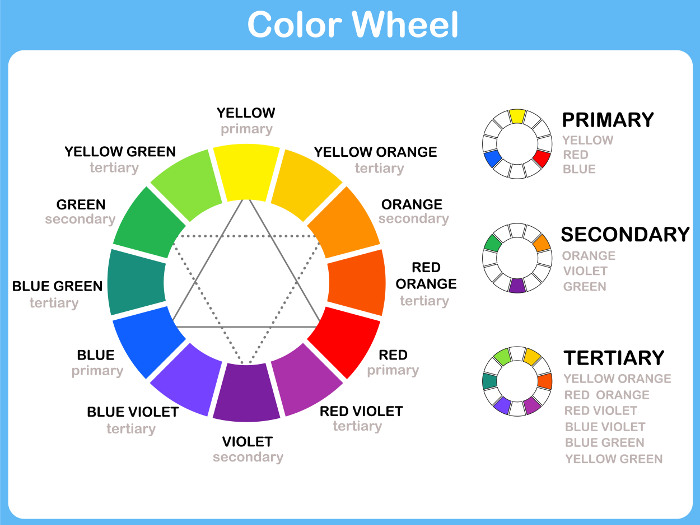
- 10 Photos: Take 10 new photos, and crop them into squares. Think about composition and shapes.
- Choose one image: Sketch it into 6 shapes(backgrounds count as shapes too). Examples below.
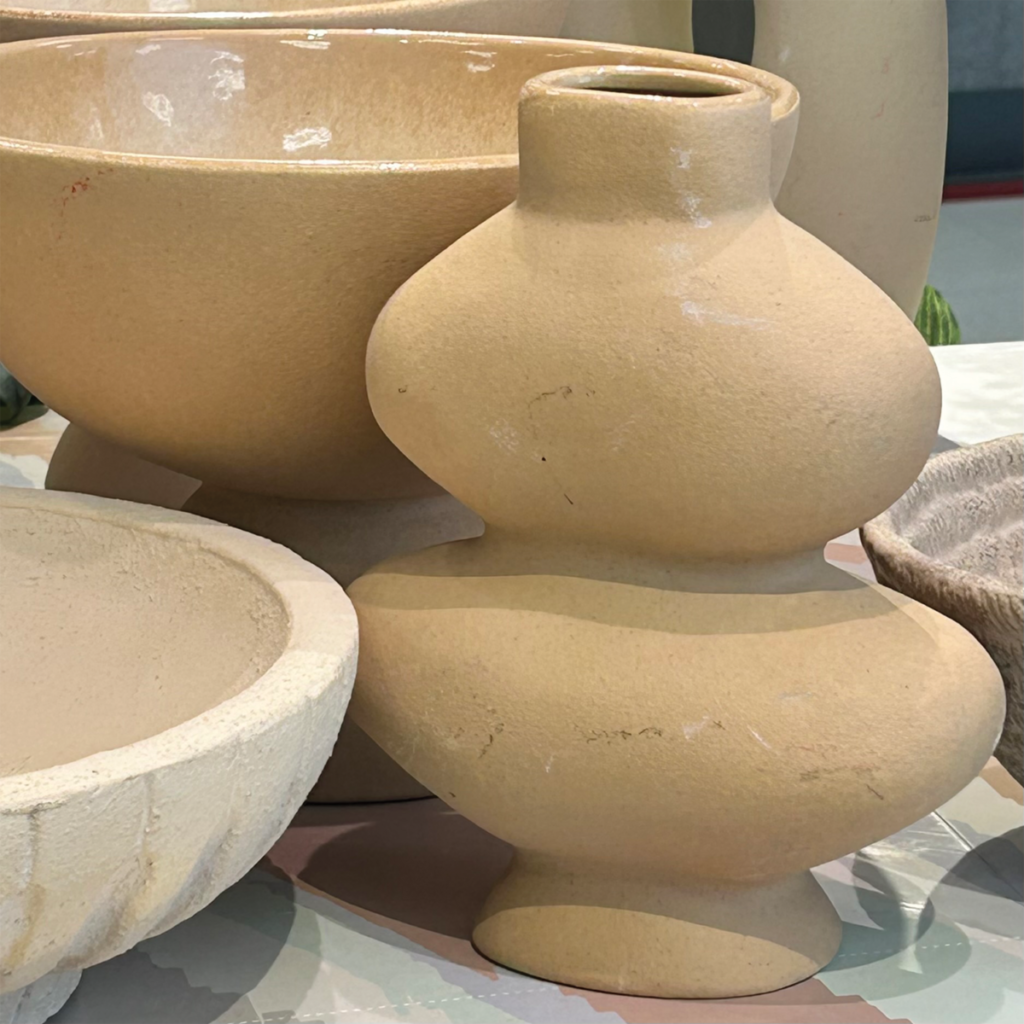

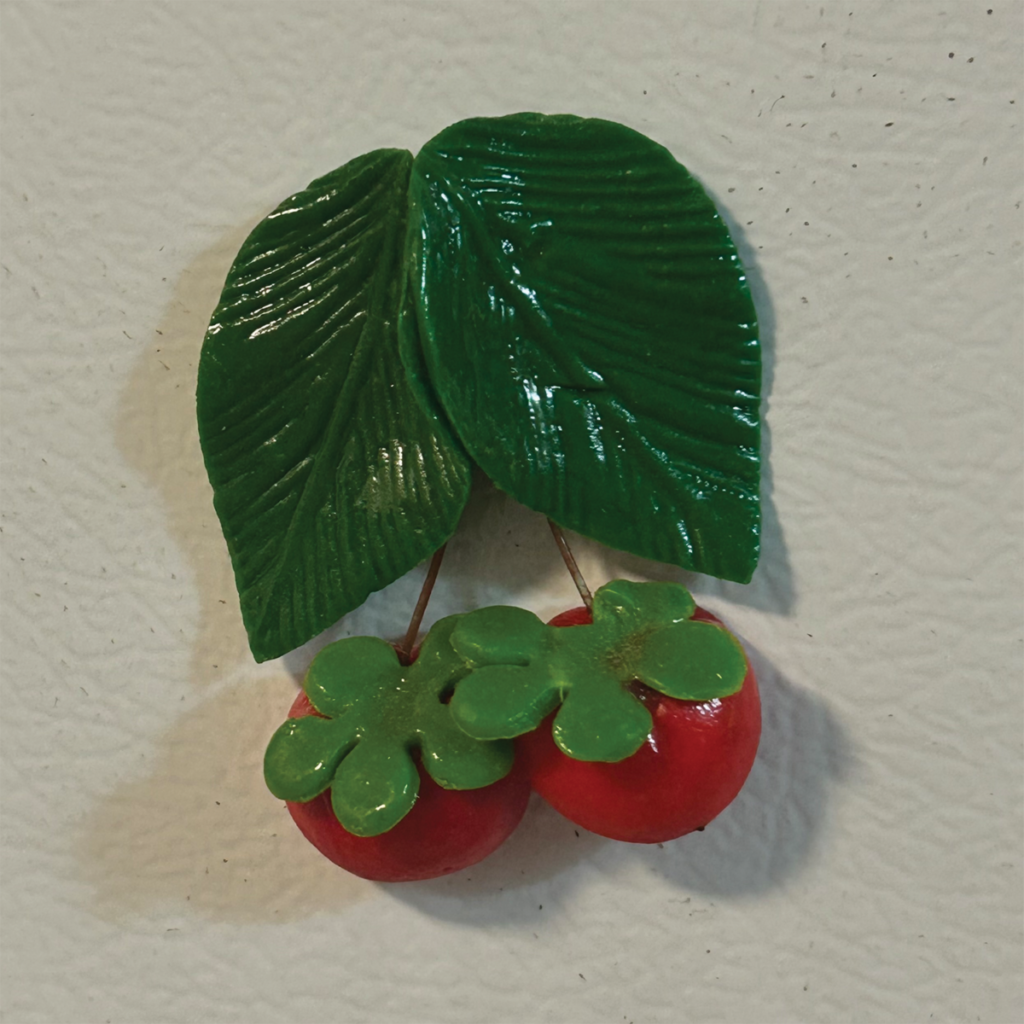
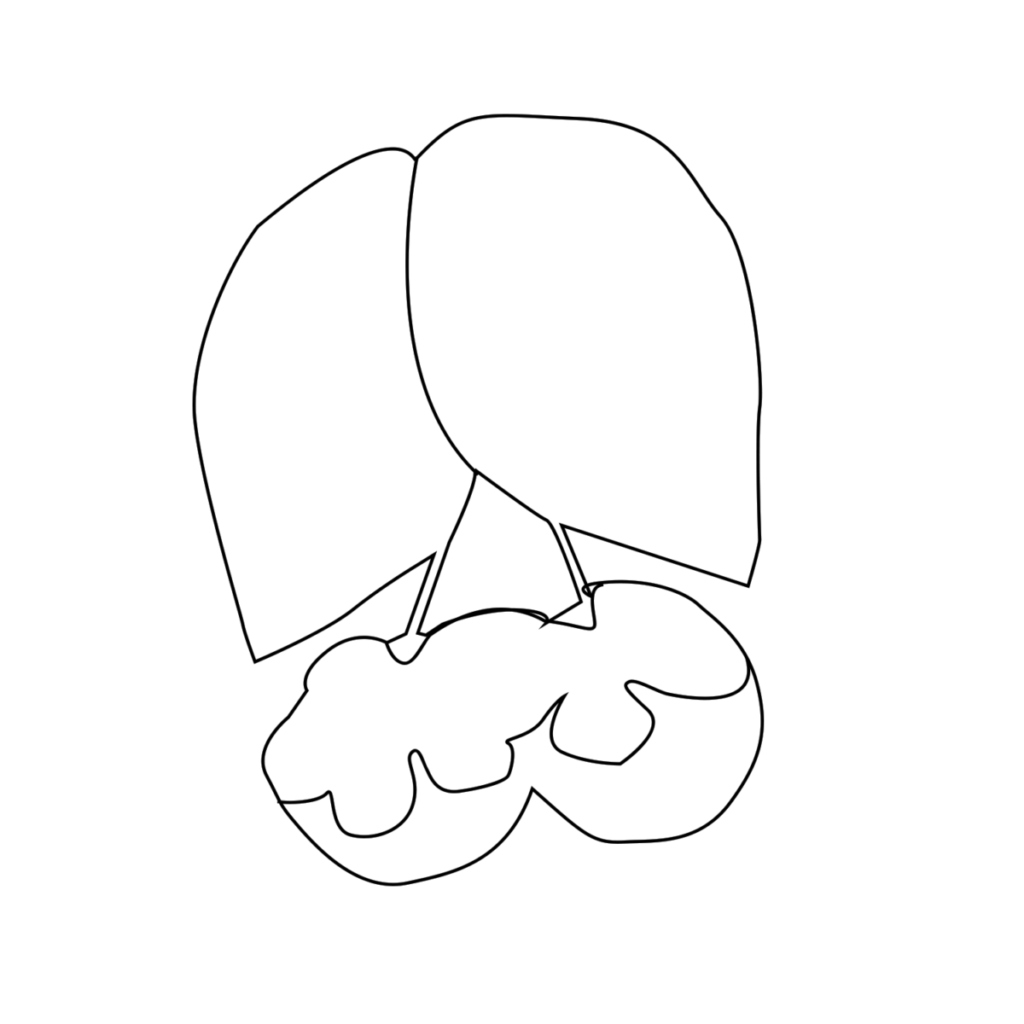

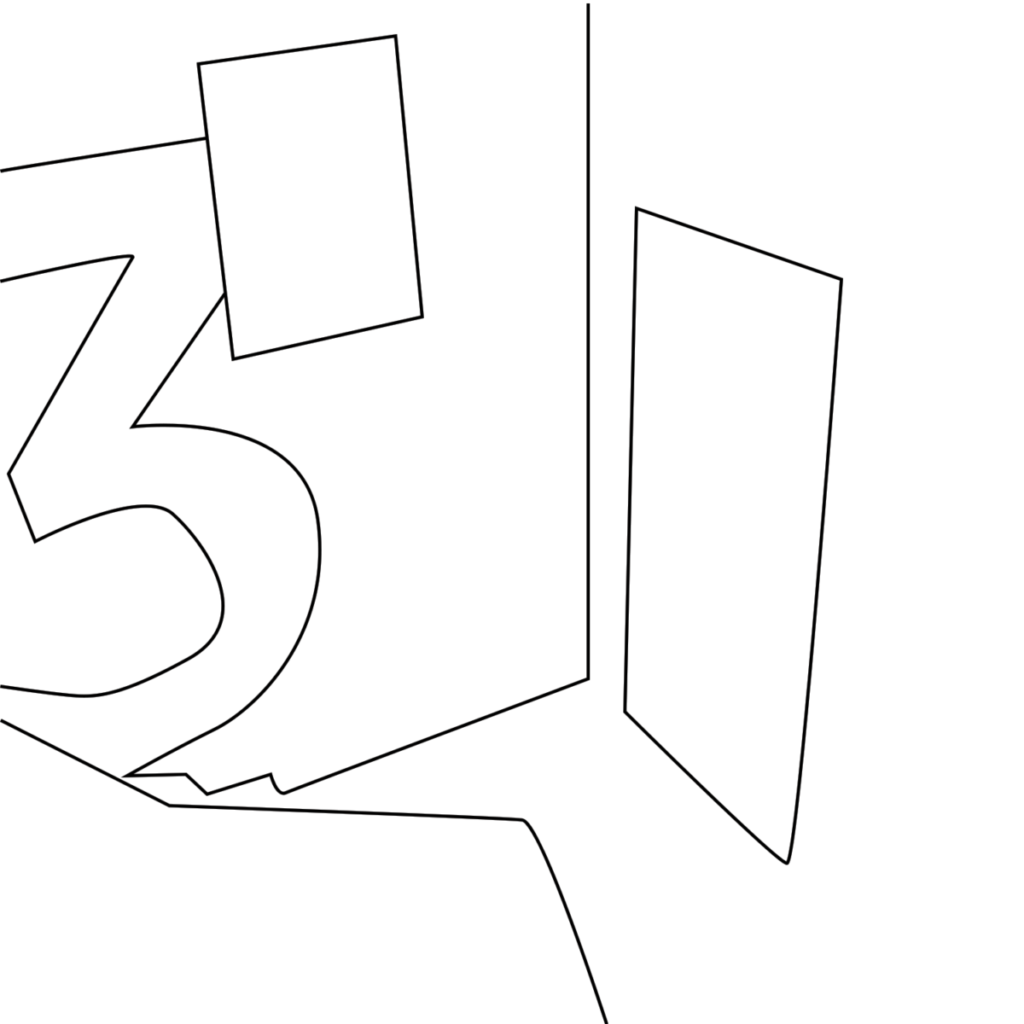
2. Define
- Research for inspiration Modernist Artists Sonia Delauney and Johannes Itten and the vernacular Gees Bend Quilters, and others.
A Guide to Color Schemes in Art and How to Use Them Effectively
Colour Palettes Used By 10 Famous Paintings To Help Your Colour
- Palettes: choose 6 colors amongst Monochrome/Analogous, Primary/Secondary, Triadic, and Complementary Consult Color wheels and Adobe Color for ideas.
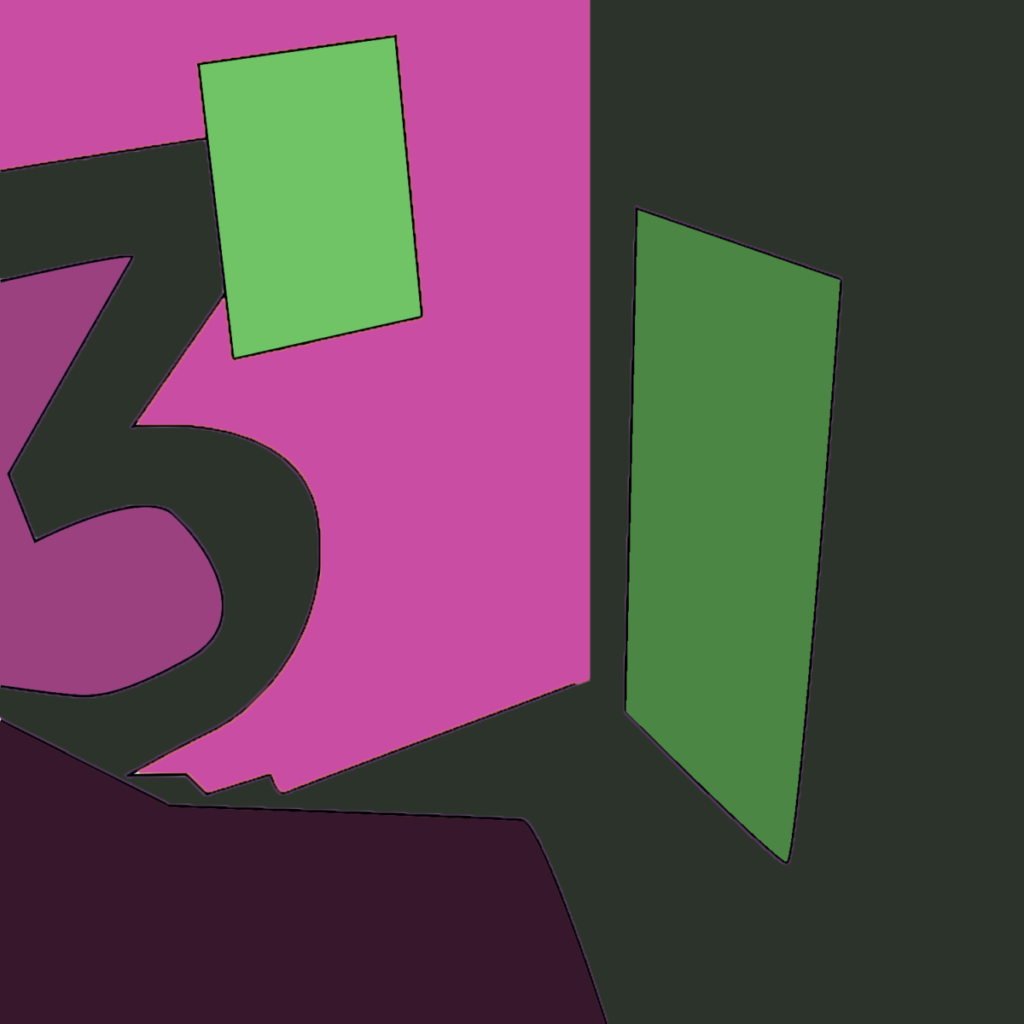

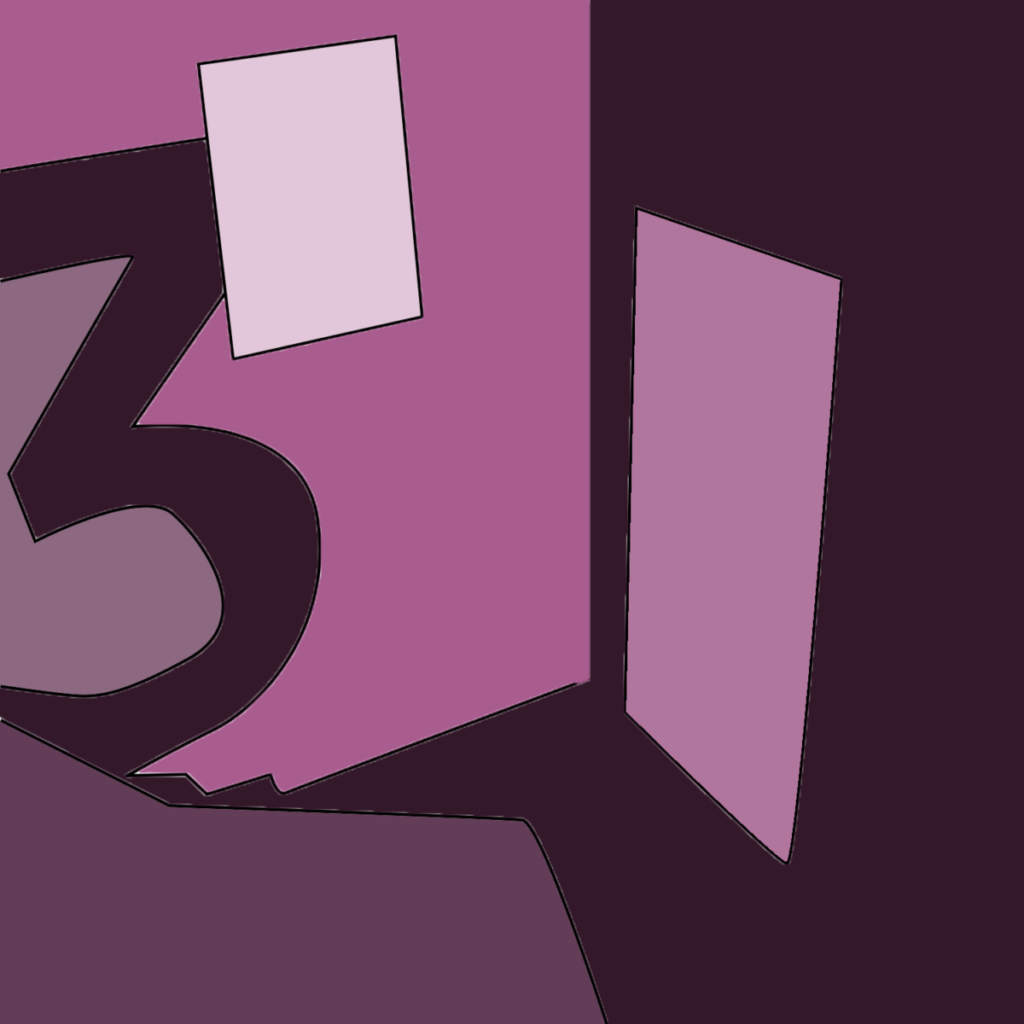
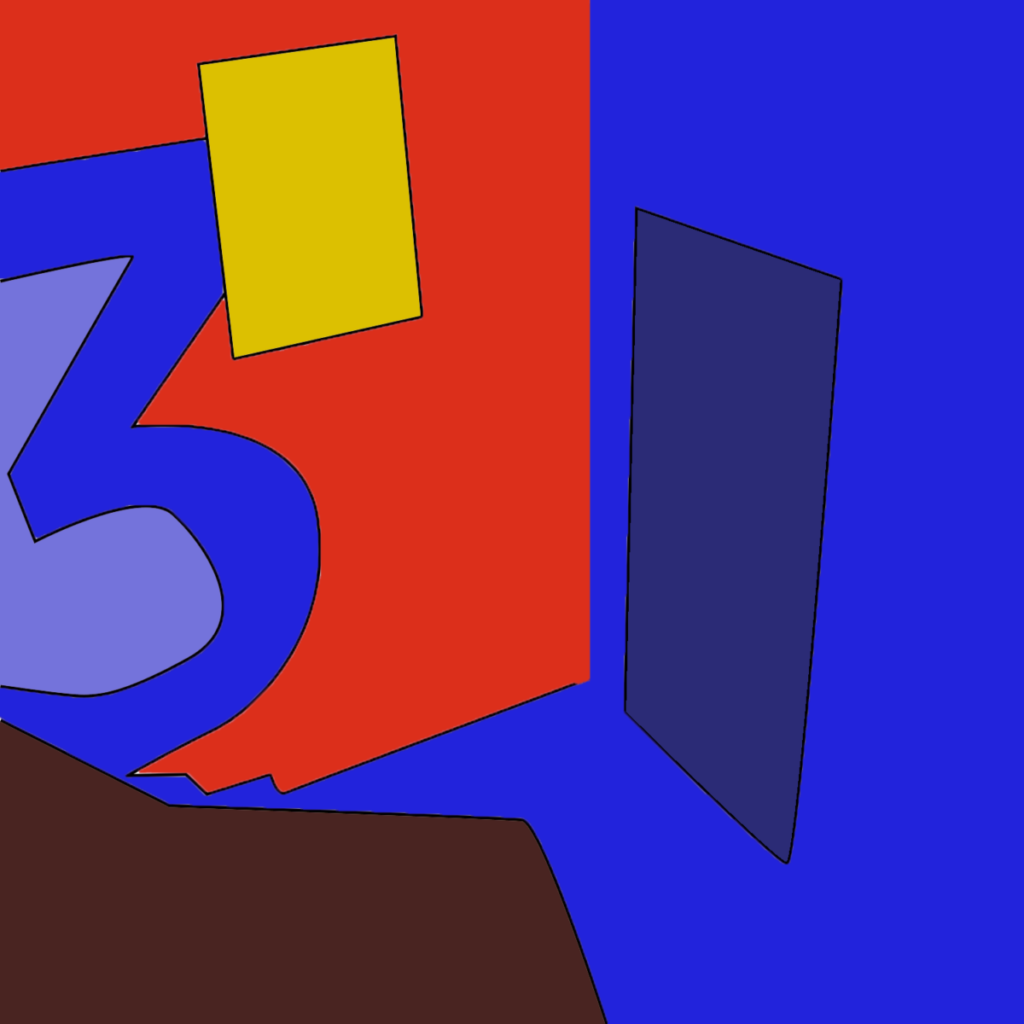
- Layout your guidelines on bristol paper.
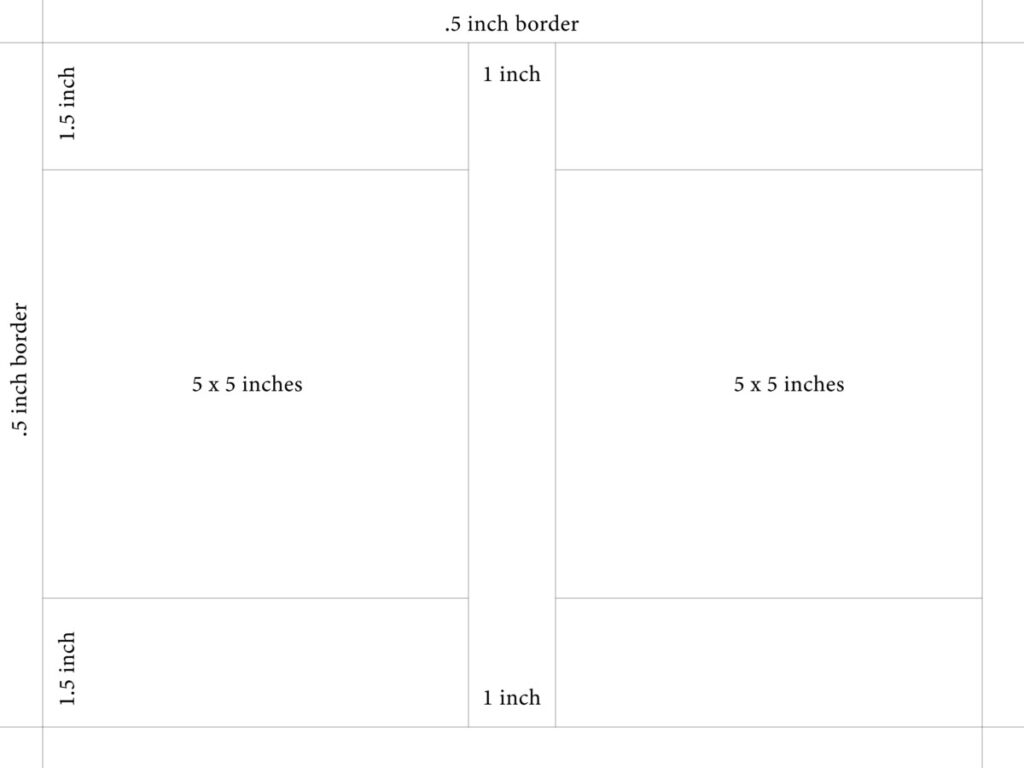
3. Develop
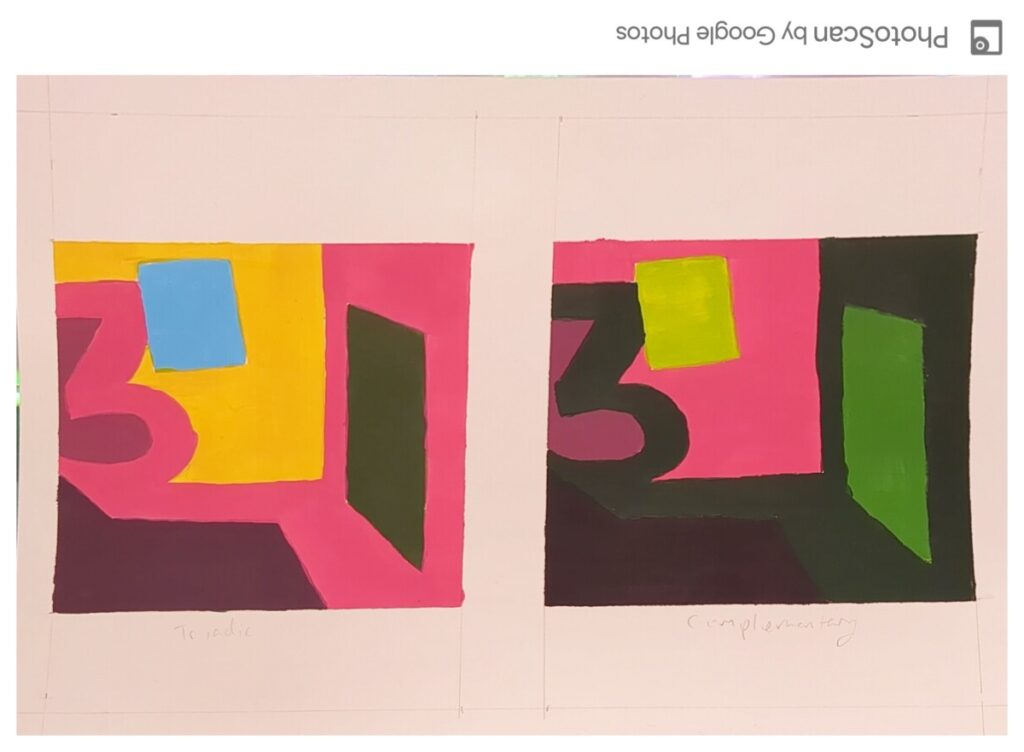

Painting Process
- Sketch final image onto Bristol, following the guidelines
- Contrast: larger changes from color to color or dark to light.
- Adjust colors from digital reference to paint mixes. Test colors on separate piece of paper.
Painting Tips
- Remember protect your painting with tracing paper as you work. Paint is delicate and can easily pick up the dirt and oils from your hands.
- Before you apply paint to paper make sure it’s completely mixed in the palette to produce a flat consistent appearance. We want flat, blocks of paint without streaks or brush marks.
- Keep two containers of water, use 1 for washing your brushes and 1 for adding water to paint.
- Wash your brush after each value is mixed and applied.
- Use a paper towel or rag to get excess paint and water off the brush before mixing a new value.
4. Document
When you are finished, scan your artwork using the available scanner in the classroom or computer labs. Or take a well lighted, well composed photograph. This image will be uploaded to class blog for critique and grading.
Use this guide to avoid common mistakes when photographing your work with a camera phone.
4. Deliver
Submitting in your work
Follow the How to Post Your Work guidelines and include the project-specific details below:
- Post Title: Color Shapes
- Written Project Reflection: Document your thoughts about this project. Think about what you learned, what you could have done better (planning, material use, craft), and how you will apply what you learned to your next project. Consider and respond to the comments made in class during the critique.
- Images: Organize your post to include all images from the three other Design Process phases for this project. (Discover, Define, Develop).
- Category and Tags:
- Category = Project #4 Posts
- Tags = Deliver, Value Portrait
Providing Feedback
Part of your Project grade is leaving well-written comments for your peer-critique partner and at least one other student. Follow the How to Comment and Critique guide for specific guidelines for leaving constructive feedback.
REMINDER: You will receive a grade and comments from the Professor on your posts and peer comments. Without your deliver post, you will not receive a grade.
Critique
- Bring all parts of this project to class: Discover, Define, Develop.
- When presenting your work, start with following: your name, the project title, the theme of the project, what you feel you did successfully, what you can improve on next time.
- Your peers and the professor will provide supportive, constructive feedback.
- You will have an opportunity to revise your work based on the feedback and improve your work and your grade.
